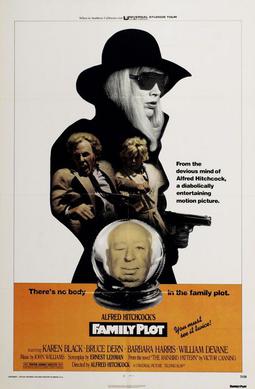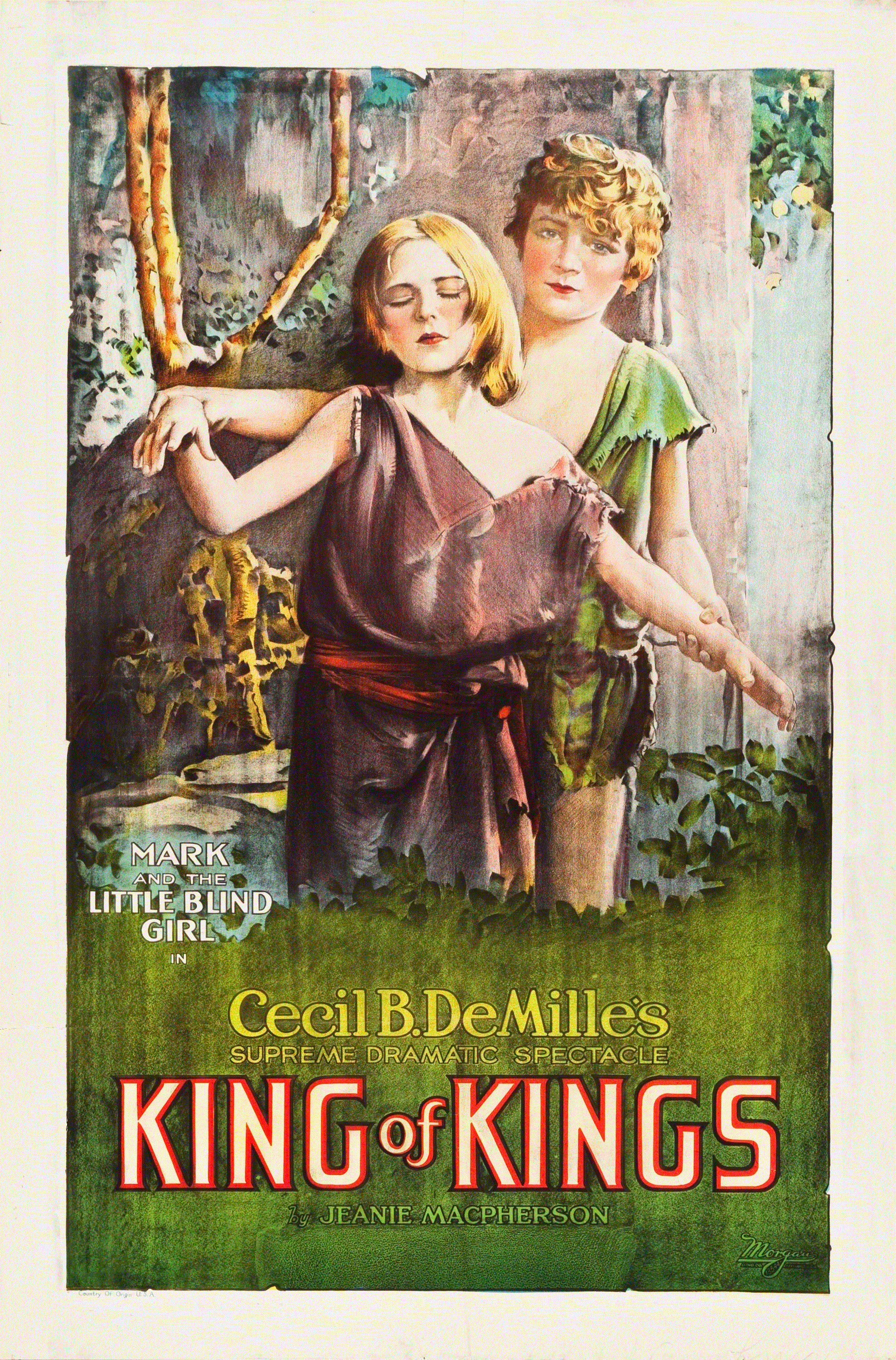 |
| Jeanette MacDonald and Maurice Chevalier in The Love Parade |
Queen Louise: Jeanette MacDonald
Jacques: Lupino Lane
Lulu: Lillian Roth
War Minister: Eugene Pallette
Ambassador: E.H. Calvert
Master of Ceremonies: Edgar Norton
Prime Minister: Lionel Belmore
Director: Ernst Lubitsch
Screenplay: Ernest Vajda, Guy Bolton
Based on a play by Leon Xanrof and Jules Chancel
Cinematography: Victor Milner
Art direction: Hans Dreier
Film editing: Merrill G. White
Costume design: Travis Banton
Music: Victor Schertzinger
It irritates me a little to think that MGM, thanks largely to those That's Entertainment clip shows in the 1970s, is celebrated for its movie musicals, when in fact the genre was pioneered and perfected at other studios: Warner Bros. with its Busby Berkeley dance spectacles, RKO with its Fred Astaire and Ginger Rogers cycle, and Paramount, where Ernst Lubitsch virtually invented the story musical with The Love Parade and subsequent re-teamings of Maurice Chevalier and Jeanette MacDonald. (Oddly, today MacDonald is better known for her inferior and unsexy MGM teaming with Nelson Eddy.) MGM didn't achieve musical greatness until the end of the 1930s, when after the success of The Wizard of Oz (Victor Fleming, 1939), the studio put its associate producer, Arthur Freed, in charge of the film musicals unit. True, MGM had won a best-picture Oscar with The Broadway Melody (Harry Beaumont, 1929), but that was a standard backstage musical, not one in which the songs and dances are fully integrated into the plot. Besides, it's almost unwatchable today, whereas thanks to the charm of Chevalier and the sexiness of MacDonald in her revealing pre-Code frippery, but most of all to what is known as "the Lubitsch touch," The Love Parade is still enjoyable. Lubitsch's "touch" as a director was based on a sly conviction that the audience would get the joke, usually a naughty one, and it was perfected during the silent era, when things had to be shown, not told. So the film opens with a mostly silent demonstration of why Count Alfred Renard has caused such a scandal with his dalliances in Paris that he has to be recalled to Sylvania and rebuked by Queen Louise. But this is also a film that wittily integrates sound into its sight gags, as the entire Sylvanian court eavesdrops on the burgeoning love of Alfred and Louise. The plot, derived by screenwriters Guy Bolton and Ernest Vajda from a French play, is standard, slightly sexist stuff about the prince consort, Alfred, feeling miffed by the fact that his marriage to the queen leaves him with nothing to do, but it's carried off well by the leads, as well as the saucy servants, Jacques and Lulu, and a court full of skilled character actors like Eugene Pallette, Edgar Norton, and Lionel Belmore. It's too bad that the song score by lyricist Clifford Grey and composer Victor Schertzinger isn't better -- there are too many reprises of "Dream Lover," for example -- but Lubitsch's staging compensates for its weakness.








